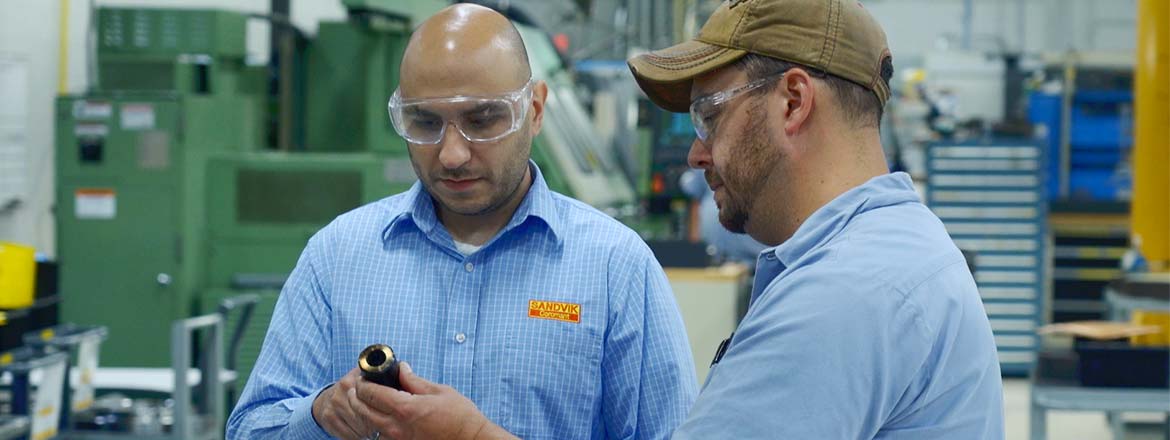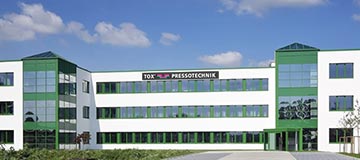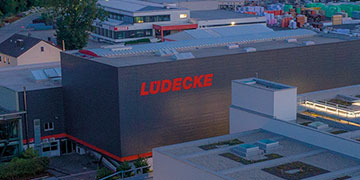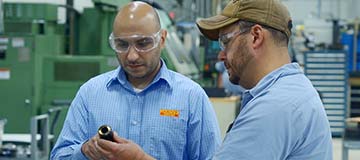Improving process and data management is key to managing efficient production plants.
When you are part of one of the world’s largest and most prestigious tool companies, merely employing good technology is not enough. Sandvik Coromant needed a better way to track and manage tools and streamline production. “Managing costs, important information, optimize processes are important to a company like Sandvik Coromant,” says Julio Vasconcelos, Engineering Manager at Sandvik Coromant’s plant. “We value digital solutions, lean manufacturing and efficiency.”
Sandvik Coromant Mebane produces mostly standard rotary tools (mills and drills) but some special tools as well. The company maintains data on tools it has already made and shipped. To produce all these tools, it uses over 2,000 primary tool assemblies (tools, collets, holders), which are managed digitally within TDM.
Better way of controlling tools at the machine
As Vasconcelos was aware, this translates to a tremendous amount of data. Keeping track of that data was a growing headache. “It became clear we needed a better way of managing that growing mountain of data and controlling the tools at the machine,” observes Vasconcelos. “We needed a solution that aligned with our lean manufacturing practices. Historically, each engineer had their own way of controlling the tools and evaluating and presenting the info to the operators. We needed a better way.”
Lost information caused tremendous costs
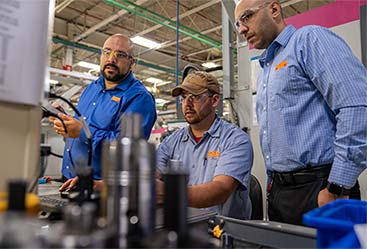
"Along with downtime, which of course translates into extra cost, at a certain point, we realized just how much money we were spending on lost information. There was some information stored in process documents for particular product lines, and there was information that resided in our CAM system, and there was also some information that resided only in EXCEL spreadsheets. Keeping track of that information was difficult. It just wasn't efficient. It was challenging for our people to remember where to put everything, and everybody seemed to have a little bit different take on how particular tools were used. This, too, was a situation that was costing us time and money."
Leandro Pereira, Automation Engineer at Sandvik Coromant Mebane, remembers it well. "Everybody had their own process of dealing with information, and where they kept the information varied. Perhaps most detrimental was the fact that the information wasn't necessarily being shared amongst different users."
TDM with most promising options for managing tool data
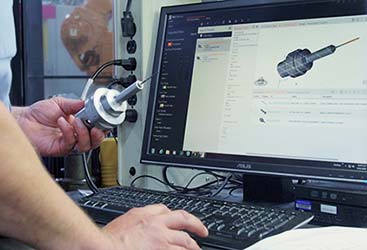
Sandvik Coromant is part of the global industrial engineering group, Sandvik, Inc., that has long been moving towards automation technology and future manufacturing. Six years ago, Sandvik, Inc. began an extensive study on tool management and determined that TDM Tool Data Management software was the best choice for controlling and optimizing tooling data, and thus should be part of this scenario. “Knowing that TDM’s Tool Lifecycle Management software was already extensively tested and evaluated by Sandvik, Inc., left no doubt that it was the right solution for Sandvik Coromant.” says Vasconcelos, “We saw that TDM would be able to manage the multiple systems that we have here.”
Ensuring tool data management for production success
"Tool Lifecycle Management ensures that tool data is available where it is needed, when it is needed," explains Robert Auer, Director of Business Development N.A. for TDM Systems. "It links CAM systems, presetting and crib systems, as well as CNC machine controls, but it can also extend upstream to the planning and execution level, such as PPS, ERP and MES systems.”
"So many companies have standalone areas of information," says Auer. "This is because the old process has always been to get a job and turn it over to engineering to design and plan the process, then turn it over to NC programming. Once the NC program was defined, they would take the program to the shop and look for the tooling for the job. The machine operator would then see if he had what he needed to make the part, based on his preference for tooling."
"In a typical company they have tooling data everywhere," Auer continues, the key point is that there is no central tooling system and this information isn't digitally traceable or searchable.”
The power of information with tool data management
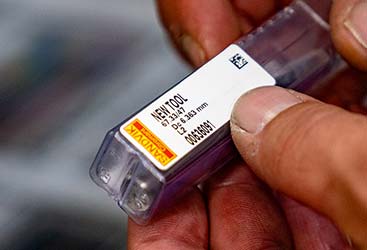
Getting organized began with the actual definition of the tools, the first step in Tool Lifecycle Management. This was no easy task for the Mebane production facility with its thousands of tools and tool assemblies.
“Using TDM tool graphics and equipment production modules takes the guesswork and uncertainty out of tool creation,” says Vasconcelos. “TDM allows managing the tool data from the CAM software, to simulation, through to the machine and operator.
“We needed a simulation system that sent info into CAM and ultimately to the machine tool operator. From TDM we export files to our simulation program. Now the programmer can trust the tools he’s using and be confident that what is passed onto the operator from simulation is correct.”
“We can use that complete information anywhere. We don’t have to unnecessarily change a tool when a new product comes in, saving time and money,” continues Vasconcelos. “And the system can classify the desirability of options, so we don’t have to have less than desirable assemblies in the machine (holder, collet, tool), saving space.”
TDM vital part of high productivity within successful plants
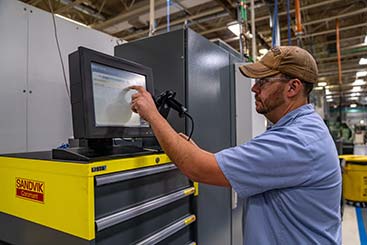
"Keeping track of our thousands of tools and tool components used to be a headache, and consume needless people hours," continues Vasconcelos. "Now we know what we need to stock in terms of cutting tools, tool assemblies, you name it, so that's definitely streamlined the purchasing function." he adds. Another benefit was reduced inventory expenses, since a full knowledge of their tools and the capabilities of those tools has allowed them to reduce their purchases in some areas.
Summing up, Vasconcelos judges that “TDM has become a vital part of our successful operation and an element in our vision of the future." And what is that vision? “We don’t see ourselves as merely being a better tool factory, we’re interested in being the best.”

